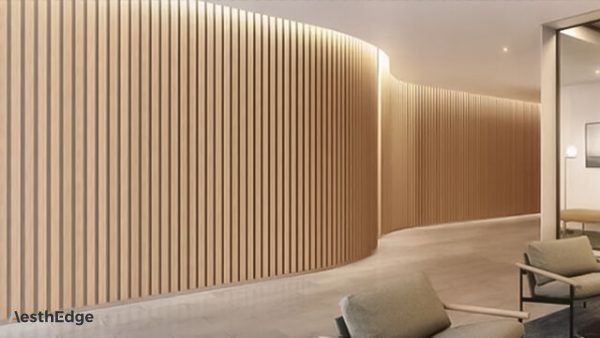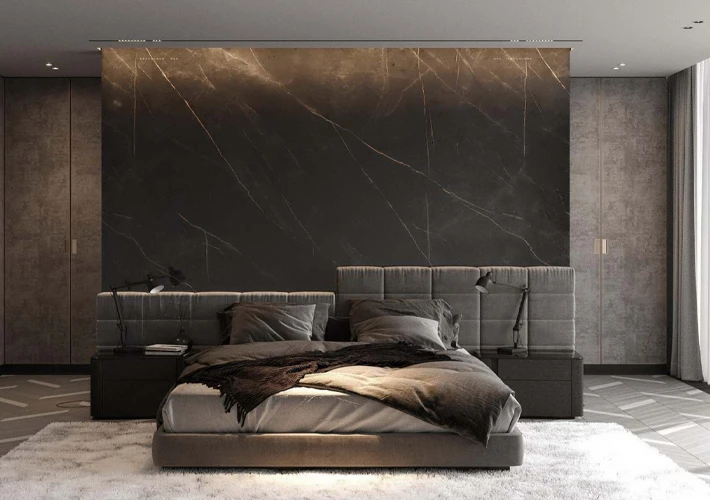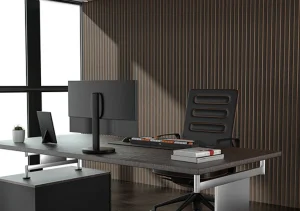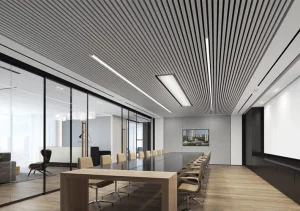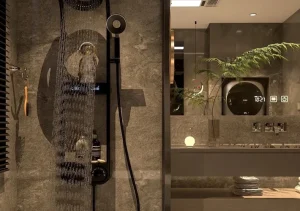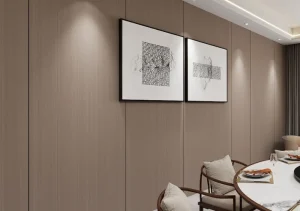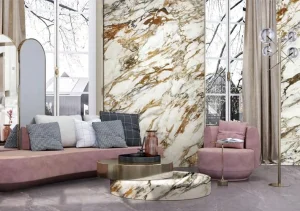In the competitive hospitality industry, every detail counts—especially when it comes to the design, quality, and functionality of your furniture, fixtures, and equipment (FF&E). Selecting the right hotel FF&E supplier is not just about pricing or styles; it’s a comprehensive decision that affects project timelines, guest satisfaction, and long-term asset value.
This article explores how to choose the right FF&E supplier for your hotel project—from feasibility stage through to delivery and installation—with practical tips, real-world insights, and industry best practices.
Table of Contents
ToggleWhat Is Hotel FF&E?
FF&E refers to Furniture, Fixtures, and Equipment, which includes all movable furniture and items that are not permanently attached to the structure of a building. Common FF&E items in a hotel include:
- Beds, sofas, tables, chairs
- Lighting fixtures and lamps
- Wardrobes, desks, nightstands
- Curtains, rugs, mirrors
- Bathroom vanities and accessories
- In-room equipment (TVs, minibars, safes)
- Public area furniture (lobby, restaurant, meeting rooms)
The quality and aesthetics of FF&E directly impact the overall guest experience and brand perception. Choosing a supplier who understands your brand’s DNA and your project’s goals is essential.

Why the Right FF&E Supplier Matters
An experienced, capable FF&E supplier can:
- Ensure timely delivery of all components
- Maintain consistent quality across all product categories
- Offer customization options to match your design needs
- Provide competitive pricing with transparent cost structures
- Assist in installation and after-sales service
- Help you navigate compliance with fire safety, durability, and hotel brand standards
Conversely, a wrong choice can lead to project delays, poor workmanship, miscommunication, and increased costs.
Step-by-Step Guide to Choosing the Right Hotel FF&E Supplier
Define Your Project Scope and Requirements
Before you start contacting suppliers, clearly define your FF&E needs:
- Project type: New build, renovation, or soft refurb
- Property size and category: Economy, midscale, luxury
- Number of rooms and public spaces
- Interior design style and brand standards
- Timeline and budget
Provide detailed design drawings, mood boards, material specifications, and finish preferences. The clearer your brief, the easier it is for a supplier to quote accurately and meet expectations.
Identify Potential Suppliers
Sources for finding reliable FF&E suppliers include:
- Trade fairs and expos: Hotelex, Index Dubai, EquipHotel, etc.
- Industry platforms: Architonic, Hospitality Interiors, Alibaba, Hotel Design Network
- Recommendations from contractors, architects, or project managers
- Previous project case studies
Choose suppliers with relevant hotel project experience and the capacity to scale based on your property size.
Evaluate Factory Strength and Capabilities
For international projects, many buyers prefer working with direct manufacturers in China, Vietnam, Turkey, or Eastern Europe due to their pricing and production capacity.
When evaluating a factory-based supplier, consider:
- Production capacity (monthly furniture output, machinery, automation)
- Factory area and workforce
- Certifications (ISO, FSC, BSCI, fire rating standards)
- Materials sourcing and quality control systems
- Customization ability (e.g., different finishes, CNC machining, metalworking)
- Past project references (especially 4- and 5-star hotels)
Request a factory tour, either in-person or via live video, to validate their capabilities.
Analyze Their Portfolio and Case Studies
A strong supplier should be able to show:
- Case studies from completed hotels (with photos)
- A clear understanding of hotel brand standards (e.g., Marriott, Hilton, IHG)
- Experience in both guestroom and public area furniture
- Testimonials or references from previous clients
- A catalog or spec sheets of FF&E items they’ve supplied
Ask specific questions like:
- “Have you worked with hotel brands in this country?”
- “How do you handle projects over 200 rooms?”
- “Can you meet our country’s fire-retardant standards?”

Request Detailed Quotations
Provide your specifications and request a Bill of Quantities (BOQ) and formal quotation. Pay attention to:
- Pricing per item and total cost
- MOQ (Minimum Order Quantity)
- Delivery lead time
- Packaging and shipping terms (FOB, CIF, DDP)
- Warranty terms
- Payment terms (e.g., 30% deposit, 70% before shipping)
- After-sales service
A professional supplier will provide complete documentation, including product drawings, material samples, and finish swatches.
Evaluate Logistics and Delivery Capabilities
FF&E projects are time-sensitive. Ask about:
- Experience with international shipping and customs clearance
- Export documentation (Commercial Invoice, Packing List, Bill of Lading)
- Warehouse and logistics partners
- Consolidation ability if multiple items come from different sub-suppliers
- Capability to support on-site installation
Many suppliers also provide knock-down (KD) packaging with clear installation instructions.
Ensure Compliance and Certifications
Compliance is especially crucial for projects in Europe, North America, or the Middle East. Check if the supplier can provide:
- Fire-retardant certifications (e.g., BS7177, CAL117, TB133)
- Environmental compliance (FSC wood, low-VOC coatings)
- Factory audit reports or social responsibility compliance (BSCI, SEDEX)
Failure to meet regulatory standards can result in shipment rejection, delays, or even lawsuits.
Test Samples Before Mass Production
Before signing a bulk production contract:
- Request mock-up rooms or samples of key furniture
- Inspect materials, structure, joints, coating, and workmanship
- Check color and texture consistency
- Test durability (especially chairs, bed frames, drawers)
Use the sample to align expectations with your contractor or design consultant.
Confirm the Contract and Production Timeline
Once everything is confirmed:
- Sign a formal purchase agreement with clauses covering penalties for delays or defects
- Confirm the production schedule and delivery milestones
- Set clear communication channels for regular updates
- Arrange for third-party quality inspection (e.g., SGS, Intertek) if needed
Stay in close communication throughout production and shipping to prevent surprises.

Red Flags to Watch Out For
- Overly low pricing (may compromise quality or lead to bait-and-switch)
- Lack of clear documentation or inconsistent communication
- Inability to provide real hotel project references
- No sample testing before bulk production
- Delays in response, vague answers to technical questions
- Poor packaging or damage history during transit
Conclusion: Your FF&E Supplier Is a Strategic Partner
Choosing the right FF&E supplier is not a one-off transaction—it’s a partnership that impacts the timeline, cost, and quality of your hotel project. A good supplier will understand your brand, collaborate with your designers, and deliver solutions that balance beauty, function, and value.
Whether you are developing a boutique hotel or a 500-room resort, investing time in supplier evaluation will save you from headaches down the road.
Final Tips
- Start your supplier search early, ideally during the design phase
- Use mock-up rooms as a benchmark before production
- Prioritize communication and transparency
- Always have a detailed contract and penalty clauses
- Consider long-term cooperation if the supplier performs well
By following a structured approach and asking the right questions, you can confidently choose an FF&E supplier who aligns with your project goals and brand standards.

